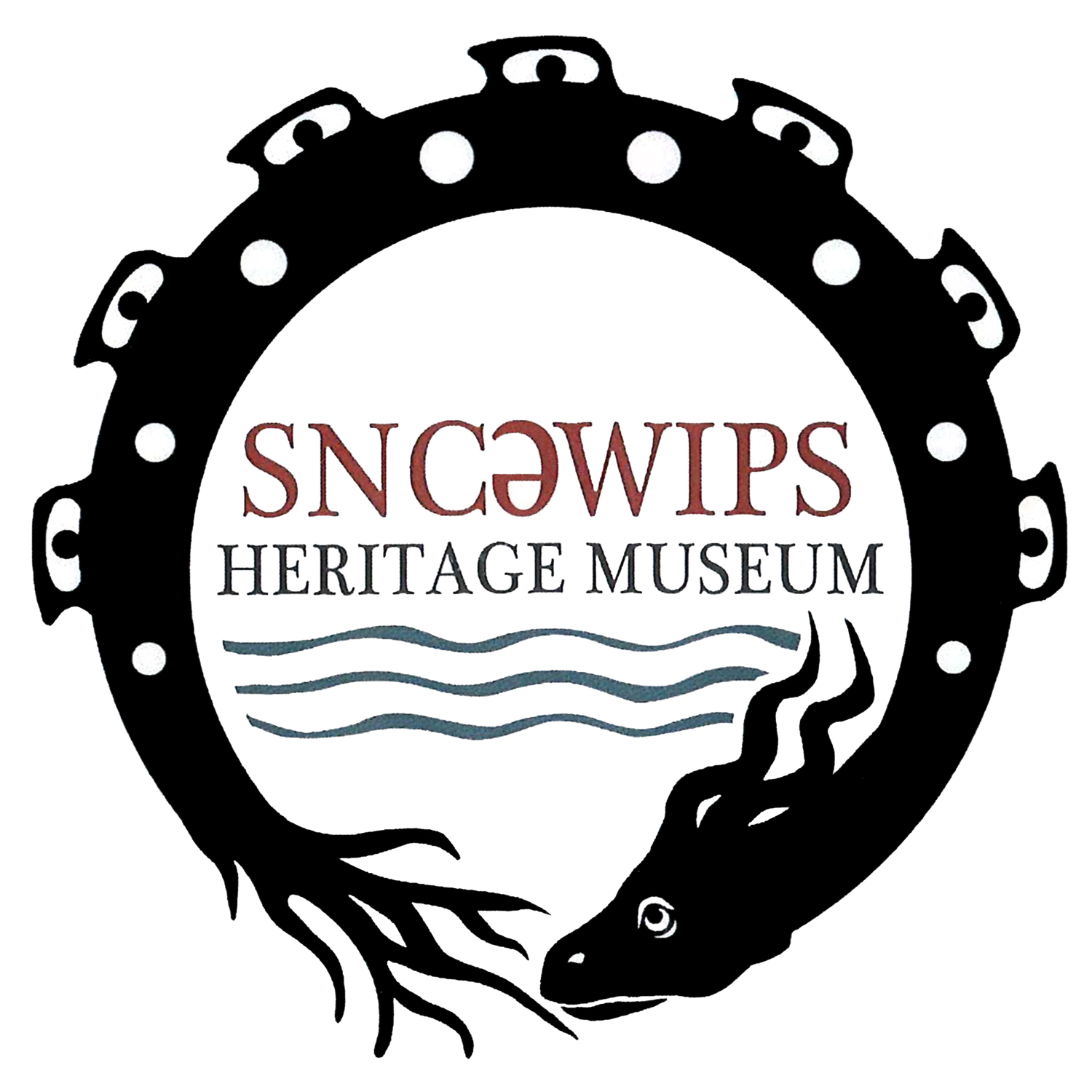Fire and the Okanagan
Fire is not new to the Okanagan — the out of control nature of it is.
We are fortunate to live in a plush, vast, and varied landscape. The syilx people have understood the importance of this land since time immemorial, spending thousands of years tending to and taking care of it so that it would be plush, vast, and varied for generations to come.
Our summers were spent traversing our territory, nurturing the land, water, and all that inhabits it. We practiced sustainable harvesting practices that allowed our resources to come back year after year — taking only what we needed and returning what we didn’t to the land. In this way, we built a relationship with the land based on respect and reciprocity.
One of our most important practices was the prescribed burn.
Traditionally, the syilx people would deliberately set fires as a calculated land maintenance tool. In setting a fire, we were able to clear out the dry, grassy, underbrush. This dry underbrush is highly flammable and, when it is not taken care of, can lead to large, widespread, out-of-control fires. And so, by clearing it, we were able to prevent larger fires.
Additionally, when the underbrush is burnt in a controlled manner, the soil maintains its natural properties as the burned matter decays into it, creating a nutrient rich soil. Fires that burn out of control often burn hotter and for longer. This penetrates the soil deeper and destroys its natural nutrients creating deserts of destruction that are difficult for native plants and animals to thrive in.
Prescribed burns are one of many practices that were made illegal by the Indian Act. This caused a plethora of problems including the overgrowth of the flammable underbrush.
Prescribed burning practices are slowly being re-introduced in the Okanagan and we hope that, over time, they will help to protect our people, our communities, and the land.

